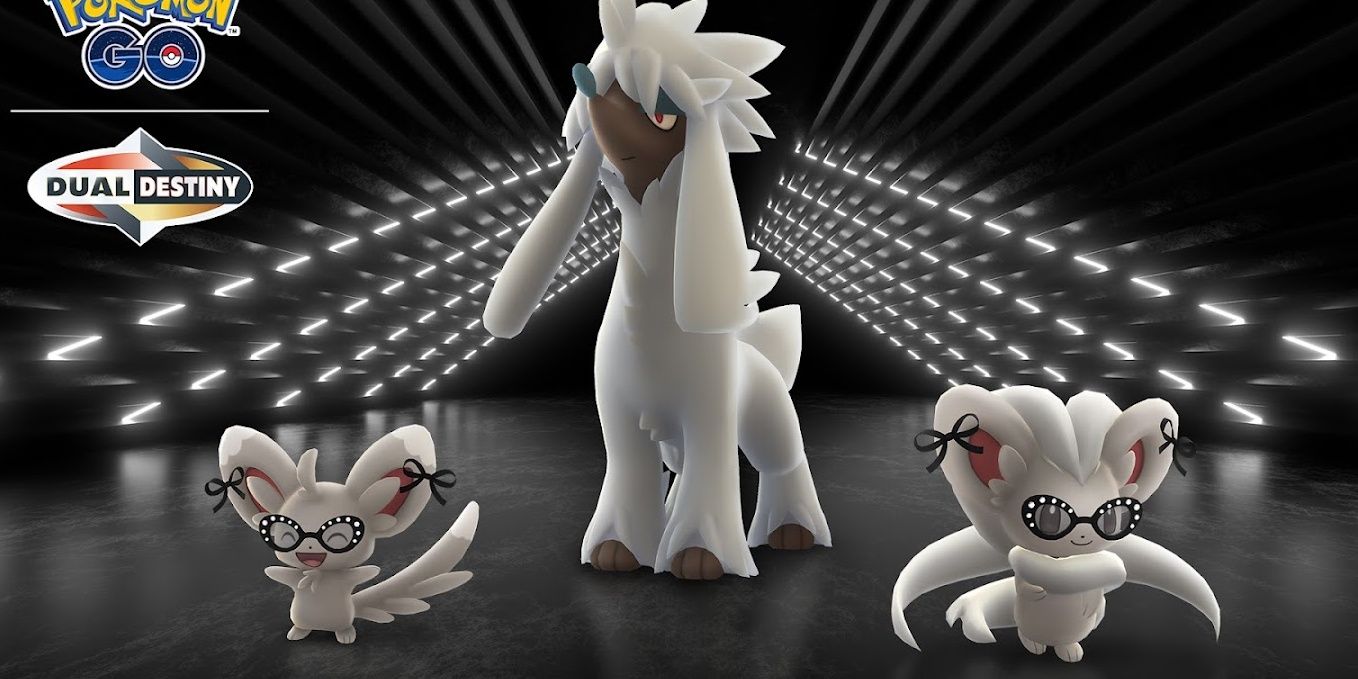Fashion
Fashion Meets Friendship: Ann Ray & Alexander McQueen

“I speak more easily through photographs.” These words appear in the introduction to Ann Ray’s Love Looks Not Through The Eyes: Thirteen Years With Lee Alexander McQueen.
If they connote a certain unneeded modesty–it turns out that she writes remarkably well–it’s nevertheless true that her best work has taken place behind a camera. To understand the artistic partnership between the bad boy of fashion and the deeply accomplished French photographer, you need to look to the images.
Visitors to the Grand Rapids will be able to do exactly that from October 5 to January 12, while Lee Alexander McQueen & Ann Ray: Rendez-Vous is on exhibition. More than 50 garments will be on display, including dresses given to Ray by McQueen, as will nearly 30 photographs. The garments and photographs are on loan from Barrera Projects, both the owner of Ray’s full McQueen photographic archive and the largest private collection of McQueen’s work in existence.
When the two met, Ray was arguably the more established. McQueen proposed a deal: in exchange for her documenting his work backstage, he would give her clothing. It was an offer born of necessity; he had no money to give her. What she got in exchange proved more valuable than money would have: the opportunity to train her gifts on his extraordinary creations and a friendship that lasted until his death.
“McQueen was an enfant terrible,” Terra Warren, assistant curator of the GRAM, told Revue. “He pushed boundaries. Wearing a McQueen garment told the world that you were edgy. But it only worked because through an intense understanding of materiality. He was a master of his craft.”
Some designers concentrated much more on refinement than invention, turning out ensembles that, however accomplished, looked much like those of other designers. Not so McQueen, whose garments were distinctive. Armed with a deep understanding of convention, he set out to subvert it, drawing inspiration not only from the history of fashion but from art and literature from all eras of human history and from all over the globe. His clothing–dramatic, striking, even, at times, unsettling–seemed to belong less to the time in which he worked than to, simultaneously, the future and the past.
“Years after his death,” Warren said, “we’re still living in his shadow.”
While Ray may be less of a household name, the exhibition reveals that her photographs have just as much atmosphere and artistry as his clothing. Rather than a neutral observer, she brought a careful eye toward composition, lighting, and the contrast between black and white, resulting in work that is as hauntingly atmospheric as it is gorgeously detailed. “They’re fly-on-the-wall,” said Warren, “but they look posed.” That push-pull between spontaneity and the seemingly arranged gives them a rare intrigue.
“Birdy (2006),”a black-and-white shot included among the photographs on display, presents a beautiful young woman, her face as resolute as Joan of Arc’s. Her headpiece might be two butterflies perching, an effect that could be absurd but here is powerful. They evoke, somehow, a helmet, adding to the overall sense of dignity and power. The black of the background is absolute, a danger against which the subject seems to have set herself.
In “Flesh and Blood (2008),” a model stands with her hands on her hips and her back to us. Her beautifully red dress is partially unzipped; we’re unsure whether she’s left the stage or is about to head to it, but the latter seems more likely. With her erect posture, muscled back, and pragmatic bun, she might just as easily be a ballerina as a model. At the bottom of a frame, we see another woman’s legs. Her feet are bare. The contrast confirms our earlier suspicion: the woman in red, with her alert posture, is soon to take the stage, while the other woman has already left it, earning some rest.
The clothing on display runs the gamut from conservative to daring. A houndstooth dress presents as chic but not avant garde, while a copper-on-black dress is evocative of thin, beaten metal. A “Virgin Mary” evening gown would be appropriate for the most luxurious of settings, unless, of course, worn by a mother-in-law at her son’s wedding.
Warren sees the exhibition as relevant not just to admirers of fashion or photography but to all of us. “Fashion defines the everyday,” she said. “It’s art we wear, and it’s a creative form we use to tell the world about ourselves. McQueen was interested in how women in particular put on clothes to feel powerful.” Since working on the exhibition, she’s found herself inspired to take more risks in how she presents herself, finding it’s made her more confident. “It bridges the gap between how you feel about yourself and how you want to,” she said.
McQueen died of suicide at 40 the day before his mother’s funeral. Perhaps it’s impossible to see the exhibition without feeling a pang for what might have been–and, more, sadness for Ann Ray, who lost not only an artistic partner but a close friend. But there’s sweetness along with the bitter; he accomplished much in his short life, as captured in fabric, and in images, destined to long outlive him.
Grand Rapids Art Museum
101 Monroe Center, Grand Rapids
artmuseumgr.org
Lee Alexander McQueen & Ann Ray: Rendez-Vous, Oct. 5-Jan. 12










